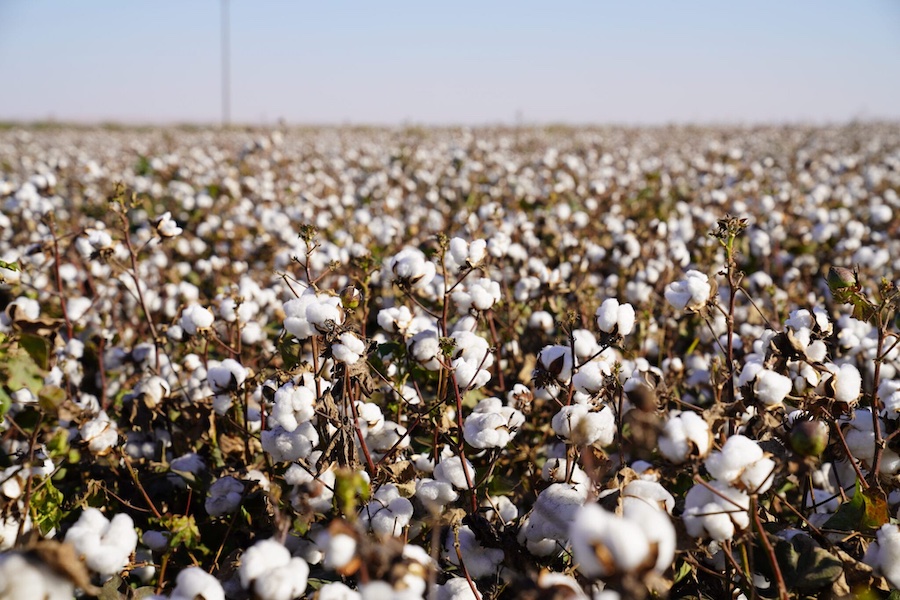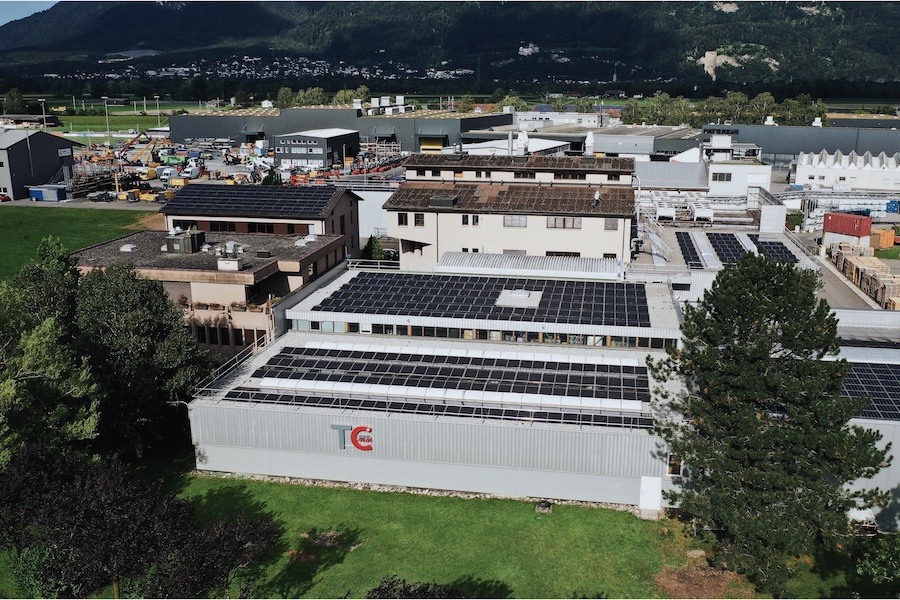#Raw Materials
Price trends in natural fibres
2023 Overview: the value of global natural fibre production
An estimated 50 million households around the world are involved in natural fibre production. The largest numbers of households are in China, producing cotton and silk, India, producing cotton, jute and coir, and Bangladesh producing jute.
When seasonal labour is considered, an estimated 200 million people are involved in natural fibre production each year. Average earnings per household from natural fibre production are US$1,600 per year.
The value of world natural fibre production at the farm level is estimated by DNFI at US$80 billion in 2022, approximately the same as in 2021, and up from an average of around US$50 billion prior to 2020.
Higher prices per kilogram, especially for cotton, have offset reduced production.
Price Trends in Natural Fibres
Each natural fibre has its own journey in the marketplace. The following are trends to note:
- The nearby cotton futures contract on the Intercontinental Exchange (March 2023) was down 2% at the end of February at $1.86/kg compared with the end of January. One year earlier, the March 2023 contract was 11% higher at $2.15. Cotton prices have been in a narrow range since November 2022.
- Jute prices have been trending downward and are now 17% below the year-earlier level. (https://www.wgc.de/en/)
- Prices of silk in China were essentially unchanged during February at US$64.50 per kilogram. Prices in yuan increased by about 2%, and the RMB weakened by about 3%, leaving prices in US dollars little changed.
- Export prices of sisal reached record highs in 2021 and 2022 and have been falling since. However, they remain above long-term averages.
Where to track wool prices
For wool, there are a number of sources. Try the weekly reports at AWI, at Cape Wools South Africa, and Australian Wool Exchange (AWEX).
Production
World natural fibre production in 2022 is estimated at 31.6 million tons, down approximately 1.3 million tonnes from 2021, and 500,000 tonnes lower than the estimate at the end of January 2023.
Cotton
The United States Department of Agriculture (USDA) and Cotton Outlook, a prominent industry news organization, released their first estimates of world 2023/24 cotton production in February. USDA forecasts a crop of 25 million tonnes, while Cotton Outlook is a little more optimistic at 25.4 million. Lower prices for cotton compared to one year ago are expected to result in a decline in area, but the severe weather events that occurred in 2022, including floods in Pakistan and drought in United States, are not expected to repeat, resulting in higher production.

Jute
In a major boost to jute production and use, India is mandating the use of jute as the packing material for 100% of grain sacks and 20% of sugar sacks effective this year. The policy is expected to benefit 370,000 workers in jute mills plus additional hundreds of thousands of farm families. The policy will also help protect the environment because jute is biodegradable and fulfils all sustainability parameters.
Sisal
Exports of sisal climbed to more than 100,000 tonnes during 2021 and 2022, up from less than 90,000 tonnes prior to the Covid pndemic. The growth has come from increased production and exports from Kenya and Tanzania. Applications in the construction industry are the most important uses of sisal exports.
Wool
World production of wool in 2022 is estimated at 1.1 million tonnes, up 5% from 2021. The estimate is unchanged since December 2022. The first estimate of world 2023 wool production will be issued by the Australian Wool Production Forecasting Committee in April.
China is still the largest importer of wool fibre in the world, but demand for wool in the United States is rising. Over the 12-month period ending in November 2022, wool apparel imports into the United States were up by 47% compared with imports ending in November 2021. Much of the growth is in the active/outdoor category, rather than suiting fabrics which drove demand for merino wools (fine wools) in the past.
For more on wool market statistics…
The new edition of IWTO’s annual Market Information will be out soon. See https://iwto.org/resources/statistics for more information.









